Choegojip Sutbul Dakgalbi Jeonmunjeom(최고집숯불닭갈비전문점)
11.6Km 2021-04-14
21-7, Myeongdong 8-gil, Jung-gu, Seoul
+82-2-3789-3334
It is a place where you can enjoy a variety of toppings for Dakgalbi (Spicy Stir-fried Chicken) that is popular in Korea. This Korean dishes restaurant is located in Jung-gu, Seoul. The most famous menu is spicy stir-fried chicken.
Gwangnaru Safety Experience Center (광나루안전체험관)
11.6Km 2025-03-29
238, Neungdong-ro, Gwangjin-gu, Seoul
+82-2-2049-4061
Gwangnaru Safety Experience Center was founded in 1999 after two fire accidents in which many children lost their lives. These tragedies emphasized the necessity of establishing a disaster training center for common citizens.
Gwangnaru Safety Experience Center is a three-story building with one basement floor, covering an area of more than 5,000 m². The basement floor includes a small theater. The first floor is set up for natural disaster training and consists of an orientation hall, storm simulation training room, earthquake simulation room, computer tests on fire safety knowledge and others. The second floor is a place for artificial catastrophe training. It consists of a smoke escape training room, fire extinguisher training room, first-aid (CPR) training room and practice place for calling 119. The third floor is used for rescue training and consists of a rescue training room, screening room, training for professionals and video examples of the five biggest disasters that have occurred in Seoul. Overall there are about 20 training areas established, so citizens can experience the imitation of a disaster by themselves and learn easily and in an interesting way how to cope with a disaster.
Ouga (오우가)
11.6Km 2021-03-19
42, Myeongdong, 8ga-gil, Jung-gu, Seoul
+82-2-753-7533
A restaurant where you can experience the food culture with lots of Korean side dishes. This Korean dishes is located in Jung-gu, Seoul. The most famous menu is leaf wraps and meat set menu.
Myeongdong Kyoja (명동교자)
11.6Km 2024-03-25
29 Myeongdong 10-gil, Jung-gu, Seoul
+82-2-776-5348
Since 1970, Myeongdong Kyoja has been a staple in Myeongdong for its kalguksu (noodle soup), believed to be the progenitor of the Myeongdong-style kalguksu known for its rich broth and delicious gyoja (mandu). The restaurant's hallmark dish, kalguksu, features handmade noodles served in a deep, flavorful broth. In addition to its famous noodle soup, other beloved dishes include mandu and bibim guksu (spicy noodles).
Harmonymart Myeong-dong
11.6Km 2021-04-08
B1, Gyeongdo Bldg, 21-7, Myeongdong 8-gil, Jung-gu, Seoul
+82-10-6365-2203
Harmony Mart is a discount mart that sells various food products and everyday items. The Myeong-dong Branch in Seoul stands out among the branches of the mart throughout the country in terms of sales and service items due to its geographical characteristics. Mainly Asian tourists from China, Japan, etc. do their shopping in the store for tax exemption later. Famous items are REAL BROWNIE, CHAM BUNGEOBBANG, BUTTER WAFFLE, and other snacks. A lot of tourists visit the “Global Tax Free” around Myeongdong Station since it provides a tax refund service for foreigners. For the convenience of tourists, the store staffs, who are native speakers, communicate with foreign tourists and the store also provides EMS (Express Mail Service).
Baekje Samgyetang (백제삼계탕)
11.6Km 2024-03-11
8-10, Myeongdong 8-gil, Jung-gu, Seoul
+82-2-776-3267
Located in Myeongdong Street, Baekje Samgyetang is renowned for samgye tang (ginseng chicken soup). This long-standing establishment has been in business for two generations since 1971 so it has been featured on TV in Korea and other countries. In addition to samgye tang, they also serve chicken dishes such as dakdori tang (spicy braised chicken), roasted chicken, and jeonbok juk (abalone porridge), attracting numerous patrons.
MANO DI CHEF - Myeong-dong Branch (마노디셰프 명동)
11.6Km 2021-03-29
26, Myeongdong-gil, Jung-gu, Seoul
+82-2-777-7047
It is a restaurant offering a nice night view of Seoul Tower. The best menu at this restaurant is steak. This Western dishes restaurant is located in Jung-gu, Seoul.
Innisfree - Myeong-dong 2(i)-ga Branch [Tax Refund Shop] (이니스프리 명동2가점)
11.6Km 2024-04-22
1F, 2F (Myeongdong 2-ga), 27, Myeongdong 10-gil, Jung-gu, Seoul
-
Shoe Marker Plus - Myeongdong Branch [Tax Refund Shop] (슈마커플러스 명동점)
11.6Km 2024-07-01
26, Myeongdong-gil, Jung-gu, Seoul
-
Namsangol Hanok Village (남산골한옥마을)
11.6Km 2025-07-14
28 Toegye-ro 34-gil, Jung-gu, Seoul
Namsangol Hanok Village opened in 1998 on the northern side of Namsan Mountain in the center of the capital. This village has five restored hanok (traditional Korean house) premises, a pavilion, a traditional garden, a performance art stage, and a time capsule plaza, making it a perfect spot for locals and tourists to take a leisure walk. Upon entering from the front gate, visitors will get a taste of Korea's traditional life while escaping from bustling city life. The traditional garden with its pavilion and old houses creates a peaceful ambiance before the forested Namsan Mountain. A time capsule commemorating Seoul’s 600th anniversary was buried in 1994 at the highest point of the village and is scheduled to be reopened 400 years later in 2394.
The five hanok premises at Namsangol Hanok Village once belonged to aristocrats and government officials of the Joseon dynasty. Each house was originally located in a different neighborhood, but they were all moved to this area and restored to their original form. The houses were rebuilt using their original materials, except for one house, where the materials were too old and deteriorated to be reused. The premises were carefully restored and replicated according to their original form to depict the owners’ social class and personality. These buildings are now used as an exhibit to portray the living environment during the Joseon dynasty and as a venue for educational and cultural programs for children and tourists.
Some of the unique programs and activities to participate in include wearing hanbok, folding hanji (traditional Korean paper), writing in Korean, traditional tea ceremony, traditional etiquette school, and herbal medicine experience. There are also taekwondo demonstrations and other various performances held around the village. Visitors can also try traditional games such as yunnori (traditional board game), or understand more about the area through a guided tour.
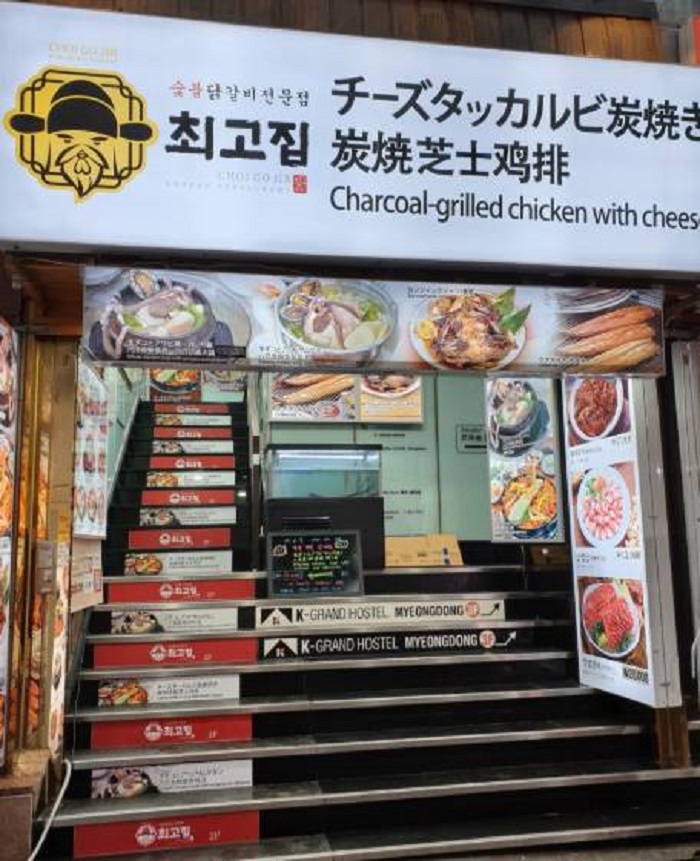
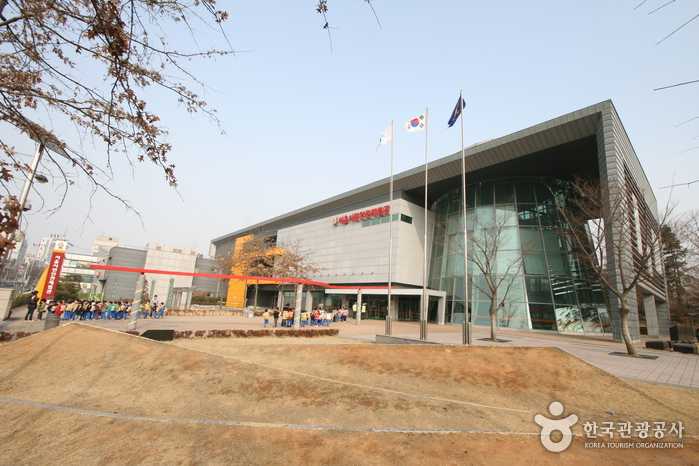
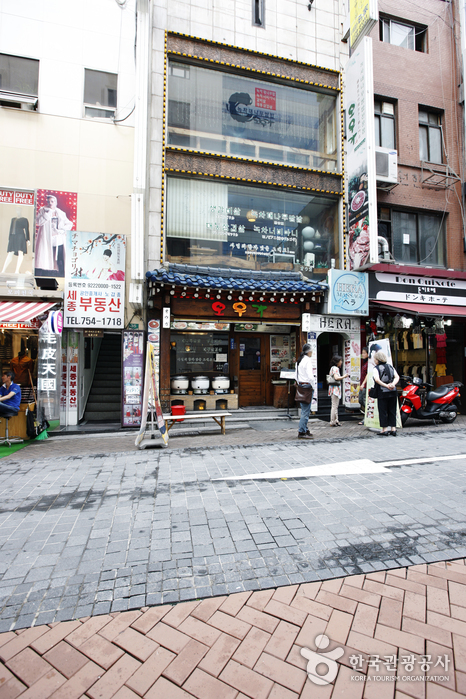

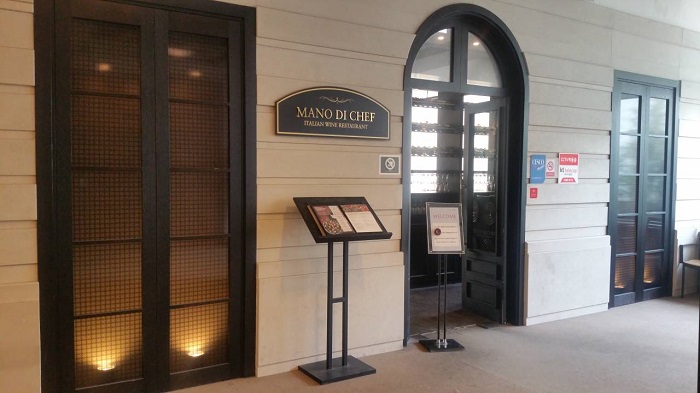
![Innisfree - Myeong-dong 2(i)-ga Branch [Tax Refund Shop] (이니스프리 명동2가점)](http://tong.visitkorea.or.kr/cms/resource/70/2887870_image2_1.jpg)
![Shoe Marker Plus - Myeongdong Branch [Tax Refund Shop] (슈마커플러스 명동점)](http://tong.visitkorea.or.kr/cms/resource/73/3314773_image2_1.jpg)
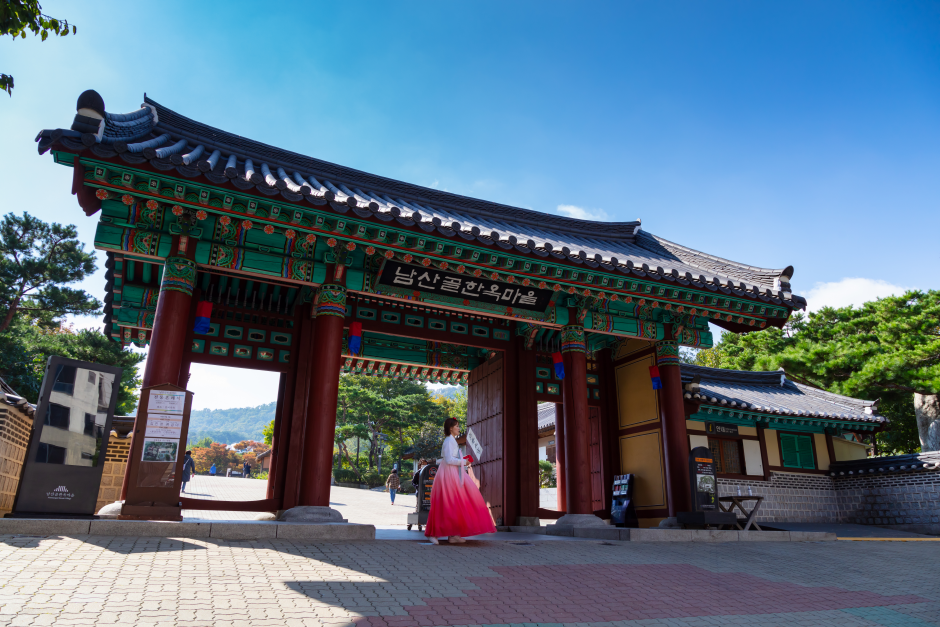
 English
English
 한국어
한국어 日本語
日本語 中文(简体)
中文(简体) Deutsch
Deutsch Français
Français Español
Español Русский
Русский